The lens through which we view history is ever changing, and at times it takes a scholar to unravel the hidden intricacies of the past. Sometimes historiographies are limited by those who write them, but on the other hand, new generations of historians are eager to examine old topics in innovative ways.
On November 5, 2011 the John D. Calandra Italian American Institute of CUNY hosted “New Directions in Italian & Italian- American History: A Conference in Honor of Philip V. Cannistraro” in which scholars and historians enlightened the public on the ongoing re-examination of historical events and epochs relating to the Italian diaspora. Held in honor of the late Professor Cannistraro—Italian historian, beloved mentor, teacher, researcher and brilliant thinker—the conference offered a glimpse into the recent scholarship, research and reconsideration of generally accepted history many taught to many students of Italian.
CUNY Professor Marcella Bencivenni spoke about radicalism as a distinctive frame of reference in Italian-American history, challenging the perception of this group as being conservative. She posed important questions, such as: what did Italian immigrant radicals do and hope to accomplish? Well, to begin they had their own publications, printing presses, unions and schools in the US and were generally a tight-knit and community oriented faction. Bencivenni also asked how the conservative image of Italian-Americans came to dominate the historiography, and how this misconception can be changed. These radicals—some socialists, others communists and even anarchists—lived more than political ideologies; their way of life reflected their convictions. Hence the way to move the debate away from the old stereotypes is to examine the many layers of this history in order to really understand the complexity of early 20th century migration from Italy to the US.
Charles Killinger, Professor of History at the University of Central Florida, spoke of Renato Poggioli and Gaetano Salvemini, two figures of Italian history that represent a commitment to the ideology in support of Italy as a secular state during its early stages of unification in the late 19th century. The anti-clericalism and radical shifting of ideals created distance between Salvemini and Poggioli, and the ‘conservative’ or Mussolini supportive Italian American community in the US; in a sense these brilliant individuals assumed roles as passive observers and critics of the political workings in Italy.
The topic of Italian futurism was discussed in the presentation by CUNY Professor Ernest Ialongo. Filippo Tomasso Marinetti, the movement’s founder, is inextricably linked to fascism, but can we reconcile his connection to this disgraceful movement without stripping the artist of all his convictions and dignity? Marinetti was a radical; this is certain. So one might ask: how could he have ever supported Mussolini and fascism when he was fighting for artistic innovation and freedom to destroy and re-create a new Italian patrimony? Ialongo suggested that Marinetti’s “descent into fascism had its roots in futurism,” and ultimately Marinetti’s nationalist goals could be realized through some of fascism’s scopes, while his radical tendencies were left to the wayside and were unattainable under the pressure of Mussolini ruled nation. Essentially, Ialongo contended, Marinetti abandoned his radical political goals to embrace the Nationalistic objectives that fascism offered.
Marta Petrusewicz, who teaches modern history at the Universita’ della Calabria, spoke about the fascinating phenomenon of art collection in 19th century Rome, and how the Eternal City changed drastically from a “sleepy town” to the bustling and vibrant capital of Italy in a matter of decades after Italy’s unification. The “obsession” with collecting ancient Roman art, and the many new excavations that manifested this craze, was all part of an attempt to use art for the construction of a national Italian past—a “patrimonio nazionale”—that Italians could be proud of, and conversely, collectors could possess and show off in their extravagant homes. Art collector and philanthropist Henrietta Hertz, who founded the Bibliotheca Hertziana in the center of Rome, was mentioned by Petrusewicz as a significant female (and Jewish) figure in this Roman art collector’s movement. There was also a large homosexual and foreign presence among collectors and in this way Roman art became internationally dispersed and admired.
David Aliano spoke of Italian immigration to Argentina and the issue of constructing a national Italian identity in this South American country in which at least 40% of the population boasts some Italian ancestry. What did it mean to be an Italian abroad after the unification of Italy? How did Italy project its image on its descendants abroad? Aliano revealed the ways in which Italians were encouraged to retain their Italian identity and feel proud to represent Italy in the new world. This contrasts with the process of assimilation Italian immigrants underwent when they came to the US and were encouraged to assimilate as quickly as possible.
One of the most evocative presentations was given by Stanislao Pugliese, Professor at Hostra University on Long Island. He spoke about the challenge of constructing a “popular history of Naples” at a time when the world is inundated by stereotypes and images of the citta’ partenopea as a locus of contradictions: the violence and heaps of trash contrast with the sentimental troubadours and pleasant images of pizza and pulcinella, and the romantic view of Mount Vesuvio and Capri. Pugliese suggested that Naples is an untranslatable city for Americans, and perhaps even for Italians; he holds that it is the city of the neo-baroque, of saints and cults, calcio and gangs. But most of all Naples if the city in which appearance is of the utmost importance, where fare una bella figura, whether or not one is rich or poor, counts for a lot. Pugliese stressed that the tenacity and resiliency of Neapolitans is striking. He also spoke of Naples’ third world poverty yet cosmopolitan city sophistication, the theatricality on the streets and the joy of receiving a “caffe’ sospesso”, an espresso offered by one patron to the next, almost an offering of this delightful energy to humanity.
There are just a few of the myriad presentations at the conference. Many were evocative and interesting, and forged paths and opened doors in the mind of new modes of interpreting the past—always a refreshing thing to see, no matter which generation one belongs to.
































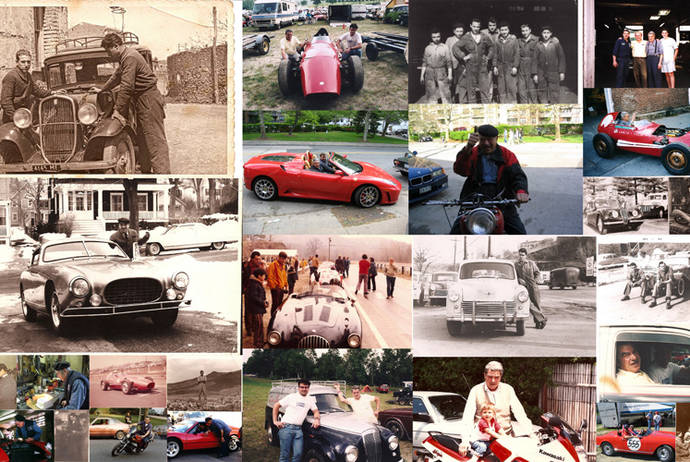
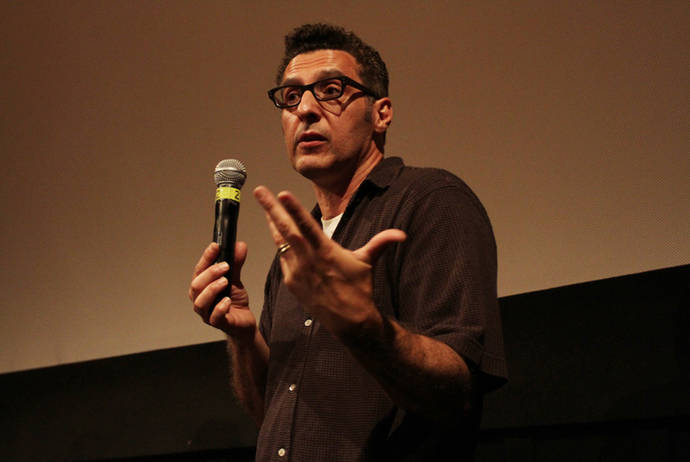
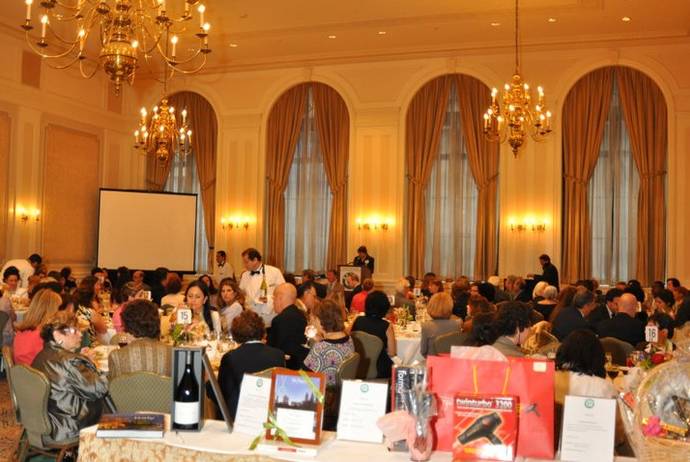
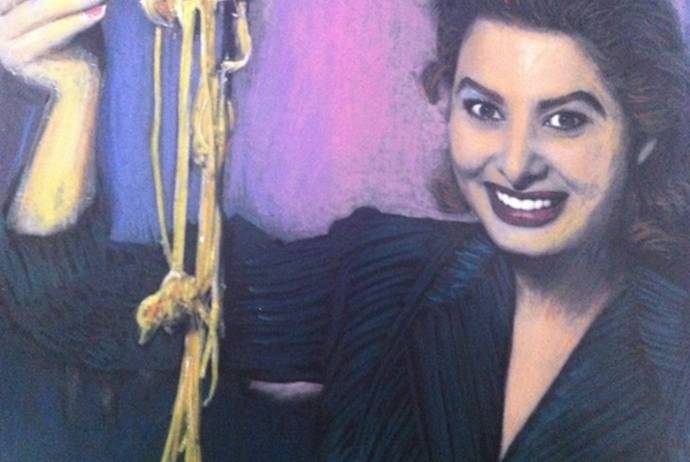
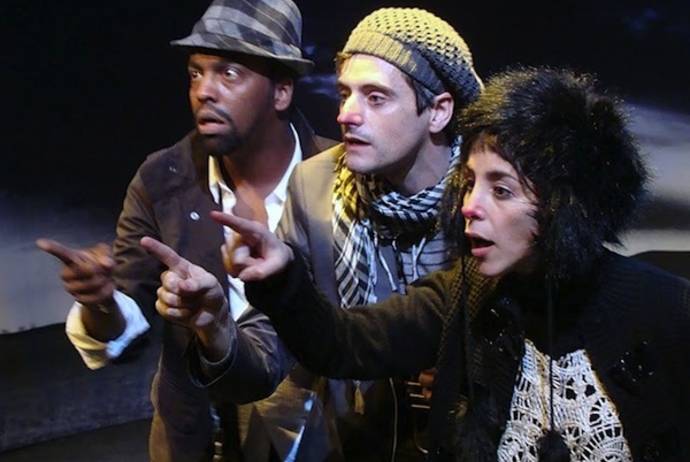


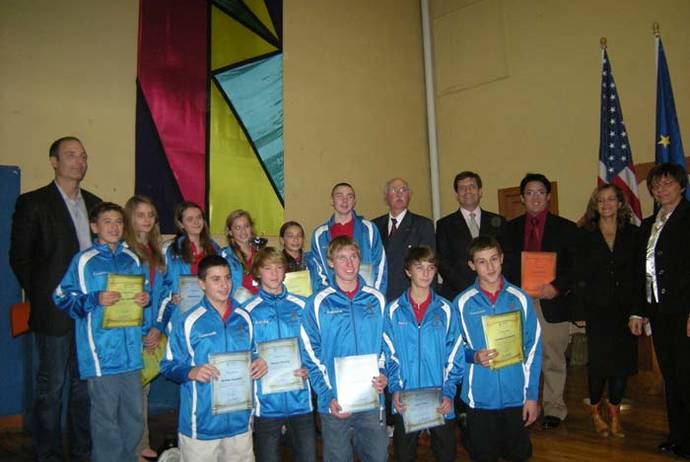

.jpg)